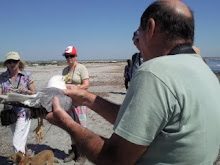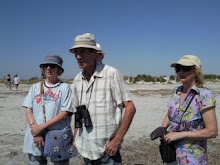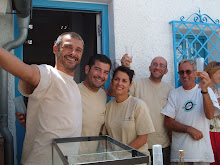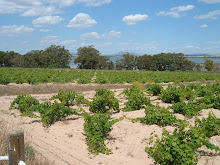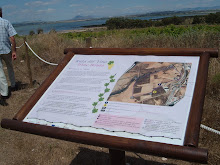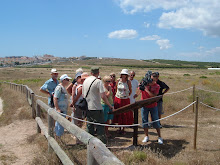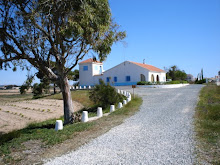The Volunteers of La Mata Natural Park were invited on the 18th of October to a talk given by Vicente del Toro, who is responsible for the management of invasive plants of Valencia, which clarified the objective of the group in their task of removing invasive plants from the Park de La Mata.
It was explained that according to Decree 213/2009 of 2009 actions were being taken to regulate the native species that are to be found in our area. This regulation prohibits the spread of invasive plants by any means into the Valencia Community.
The reasons for this are clear: plants and animals from other parts of the world are dangerous and can annihilate the native species in most cases. It is now illegal for the garden centres to sell plants that are on the list of forbidden plants. If customers know plants are of the invasive type and find garden centres selling them, they should notify the police who will then fine the people involved. The garden centres have been notified of the new regulations. The army has been drafted in to assist the wardens who are trained to recognise the invasive plants, in the enormous task of clearing Valencia Community from this menace.
Councils that have planted this type of plant – we’ve seen them all on the roadsides! – now have a list of what is allowed and what not, and must now remove them. Originally they were planted to make the edges of canals and roads more attractive and were then dispersed by water or the wheels of cars. Cat’s Claw is one of the worst and is most noticeable along the cost of the province.
The reasons for the campaign are clear. Plants from other countries take over from the native plants and wipe out the native species because they are often stronger, have different diseases, or change the chemical balance in the soil to suit them and create their own microclimate in which the native species cannot survive. These unwelcome plants can arrive from various sources. A type of plant used in aquariums has ‘escaped’ because of people throwing it away into rivers or lakes – it then takes over the whole waterway. The best known of these is the Water Hyacinth.
Animals too have caused huge problems, the worst of these being the Florida terrapin, which was bred and sold in huge numbers for sale to the EU in the 1980’s and 1990’s. When their owners became tired of them many were released into the wild with the result that they have driven the native terrapin almost to extinction. The invasive animals can carry a fungus that is fatal to the native species. Many exotic ‘pets’ are now being released into the wild with dreadful results.
If anyone should want to know more about this the following website is available: invasoras@gva.es. The staff at the Centre of the Park at La Mata will also be glad to help.
There is also information on how to have a garden made up of native plants as an alternative to imported ones. The main entry of the invasive plants has been via gardens, as has happened in all of Europe. However there are many alternatives.
The website for these alternatives is:
http://cma.gva.es/jardineria
If you see a gang of ex-pats digging and pulling up plants in the Natural Park, now you know why! We’d be glad to have more help and our blog is: lamataparkvolunteers.blogspot.com
Sunday 24 October 2010
Subscribe to:
Posts (Atom)

